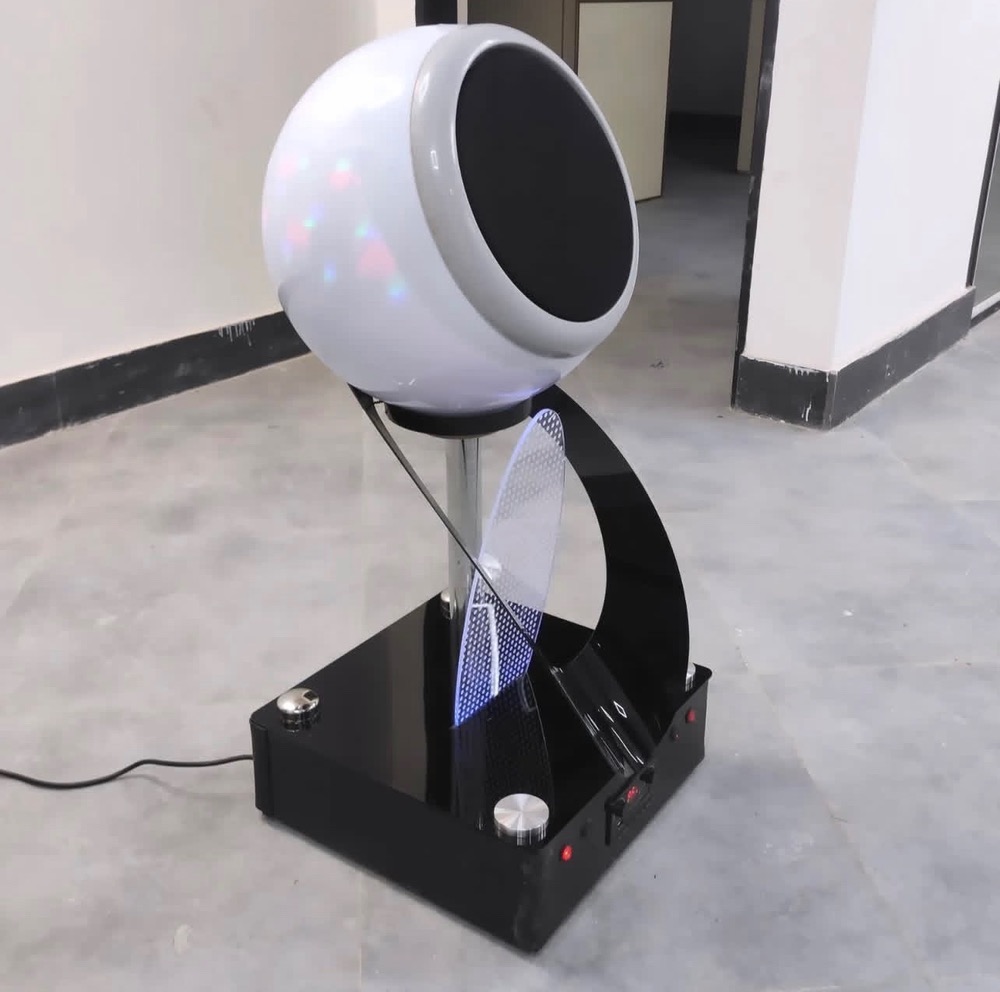Description
Single Beam Spectrophotometer
- The AURORA single-beam UV-Vis-NIR spectrophotometer is one of the key instruments in analytical laboratories. This single-beam spectrophotometer covers a wide range of electromagnetic radiation absorbing materials (UV-Vis-NIR) in the wavelength range of 185-1200 nm. This single-beam device, due to the wide range of measurable wavelengths, can cover the maximum identification of materials, while the absorption wavelength of most materials is in this spectral region.
General specifications of the AURORA single beam spectrophotometer
- The AURORA single beam spectrophotometer is highly versatile and easy to operate. For this reason, this single beam spectrophotometer is used as a basic analysis device in every research and quality control laboratory. This practical device, in addition to providing very high speed and accuracy in analysis, also has a long service life due to the use of high-quality components and in terms of mechanical design, the device is sufficiently robust against noise, vibration and dust.
AURORA Single Beam Spectrophotometer Detection System
- The AURORA single beam spectrophotometer uses 4000 Channels CMOS detectors, which are an array of thousands of individual detectors that enable fast scanning and data transfer. In fact, the main part of the optical system and the detection of the light spectrum analyzed in the AURORA single beam spectrophotometer is done using these CMOS array detectors, which are very useful at low light intensities.
- Due to the CMOS detector type, which has a very high reading power, and other optical elements, the light intensity is read accurately and with a very high resolution (up to 0.01 nm). In addition, due to the anodized coating on the internal part of the single beam spectrophotometer body, the amount of stray light is the minimum possible, which ensures the accuracy of the results.
Functional mechanism of the AURORA single beam spectrophotometer
- The AURORA single-beam spectrophotometer is an analytical instrument that allows the study and investigation of how matter interacts with electromagnetic radiation.
- In general, in spectrophotometry, there are different types of analysis devices available, depending on the wavelength range in which the measurement is made. The physical basis of the operation of a spectrophotometer is that when electromagnetic radiation interacts with the material under investigation, several physical processes may occur, depending on the electronic configuration of the material and the energy or wavelength of the radiation, including:
- Scattering (reflection)
- Absorption and passage
- Fluorescence
- Phosphorescence (absorption and re-emission)
- Photochemical reactions (absorption and bond breaking)
- Depending on the type of interaction that the light source has with the unknown sample under investigation, a different mechanism is implemented and, as a result, the application of spectrophotometer devices will also be different. The AURORA single beam spectrophotometer device operates based on the mechanism of absorption and transmission of light by the solution sample.








Reviews
There are no reviews yet.